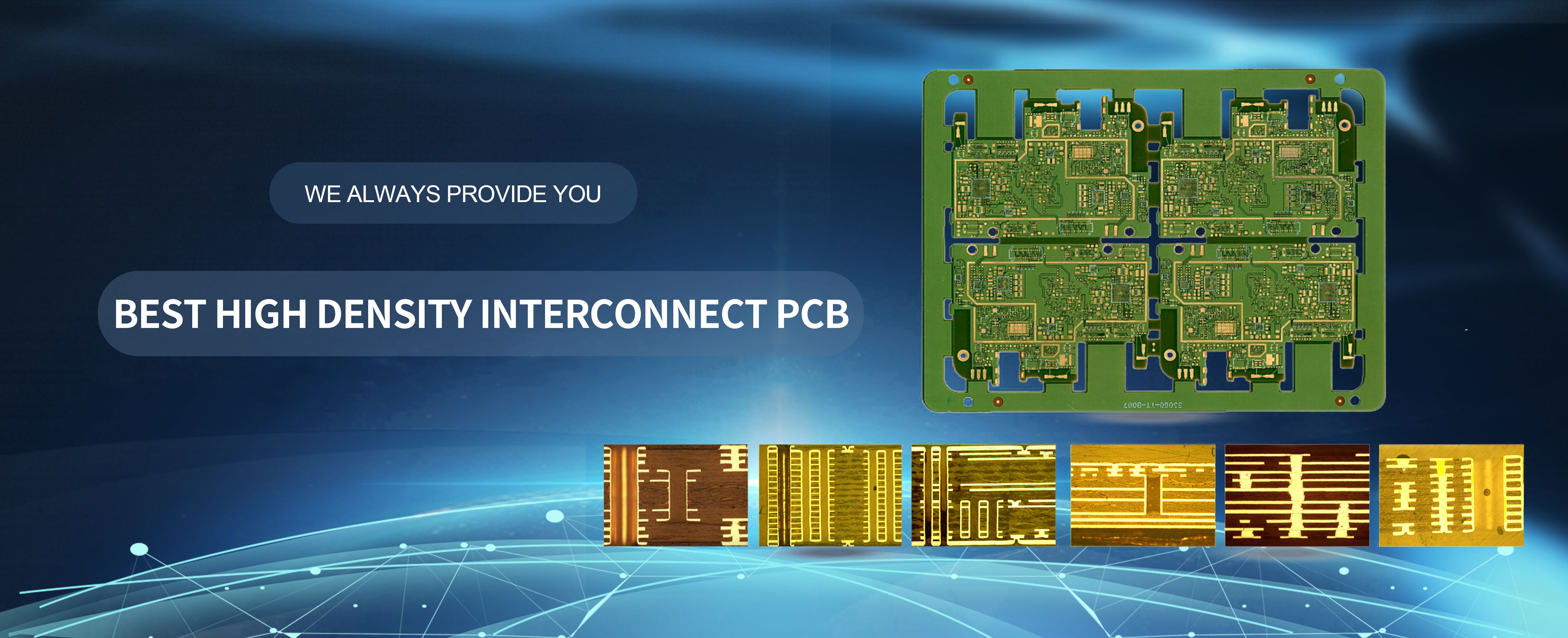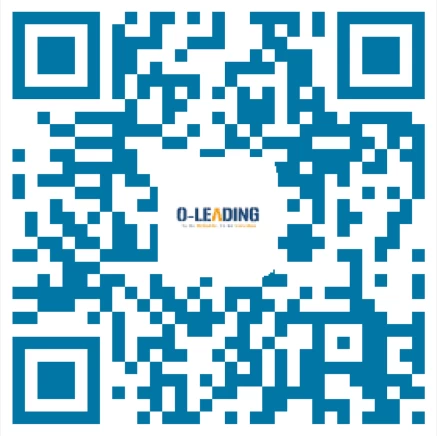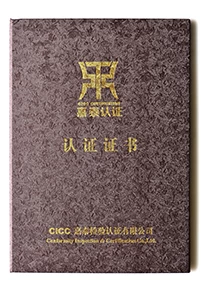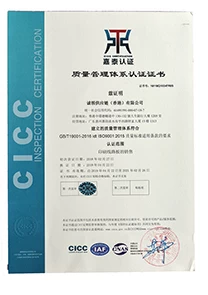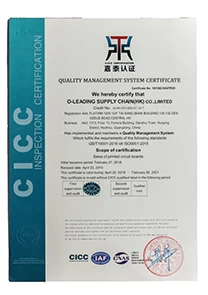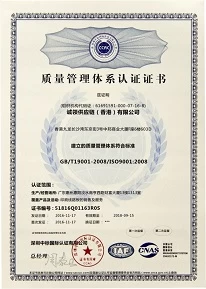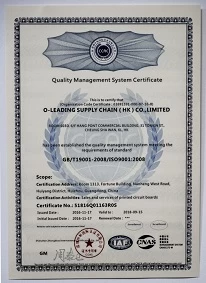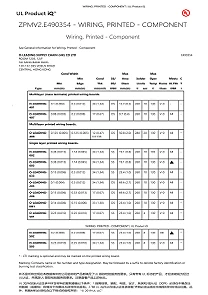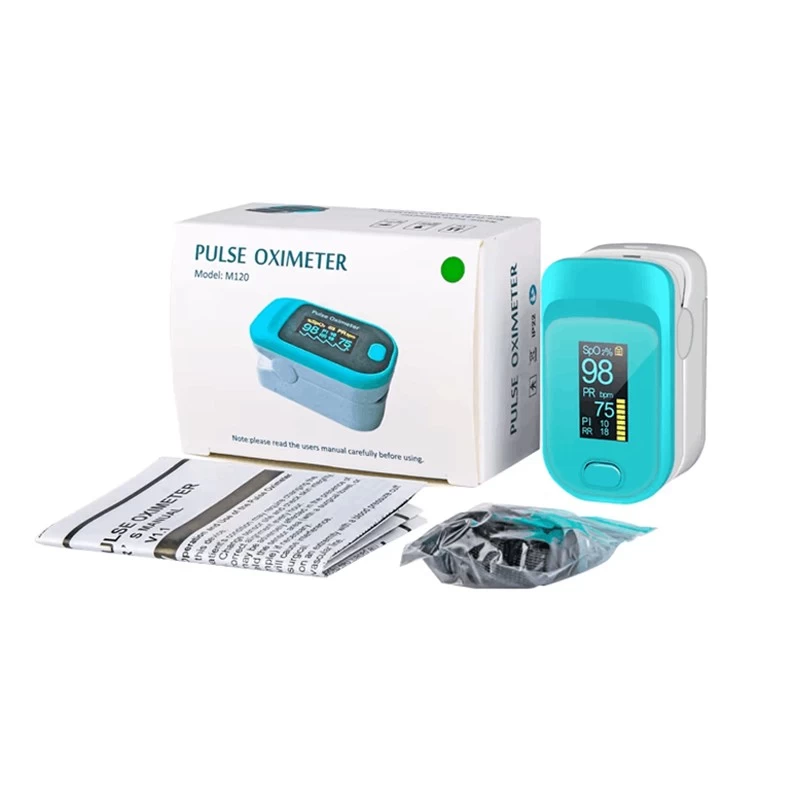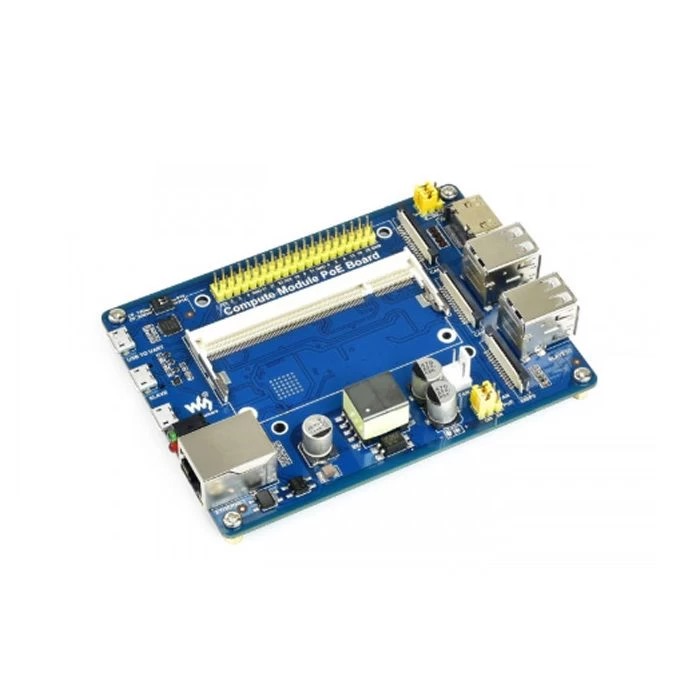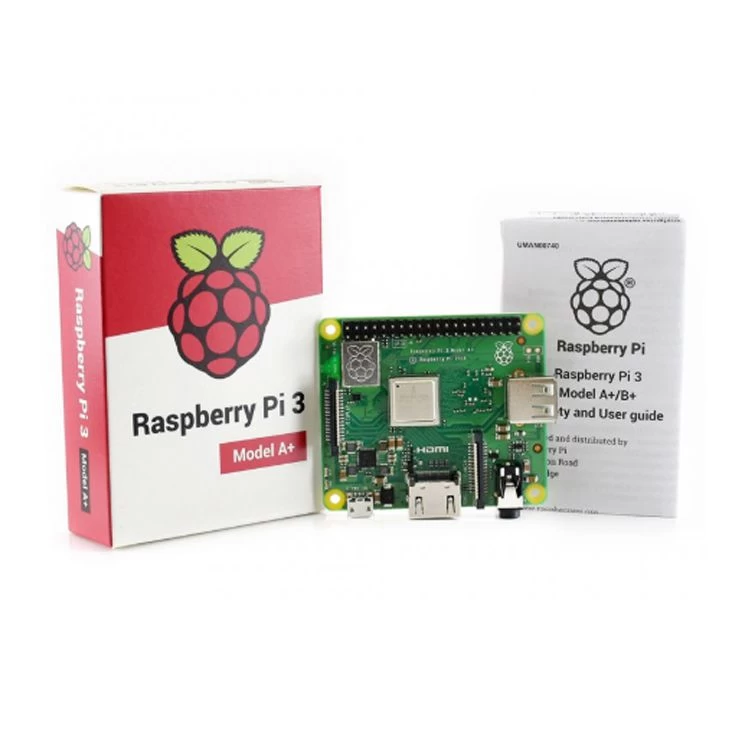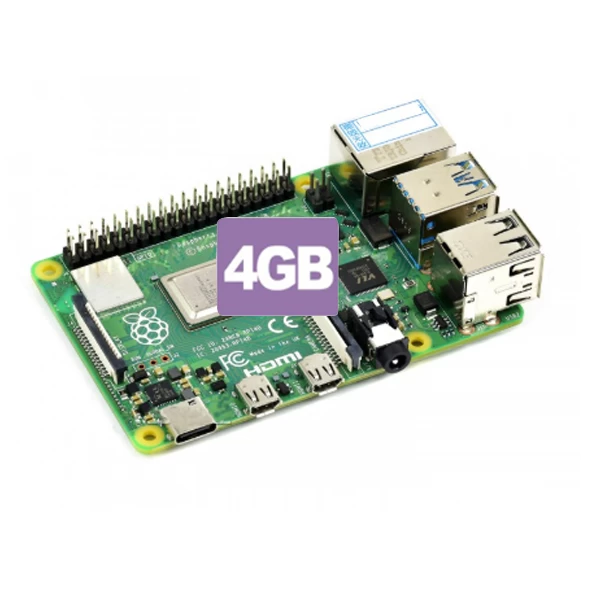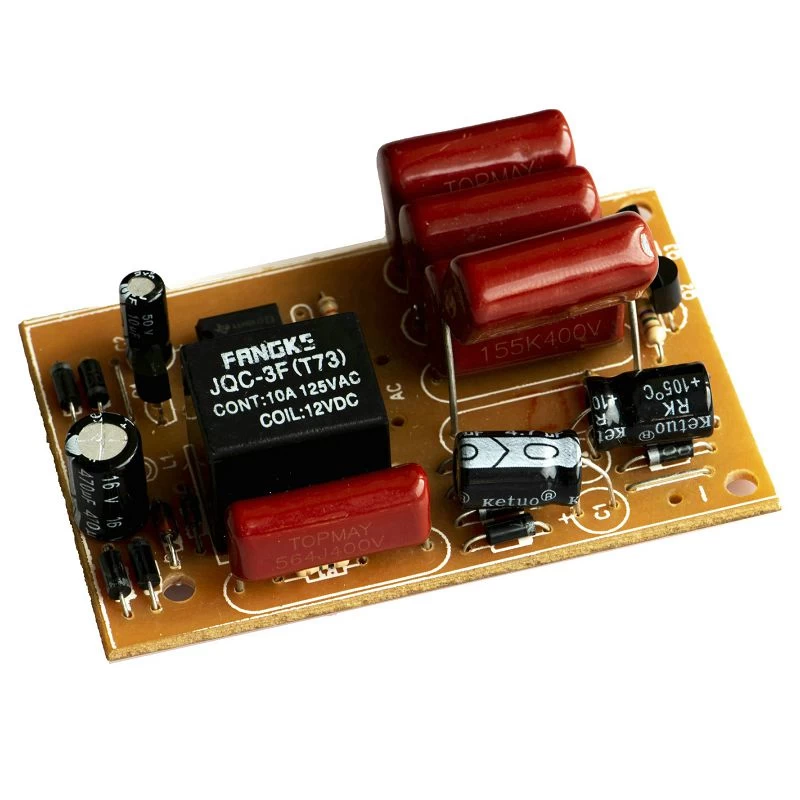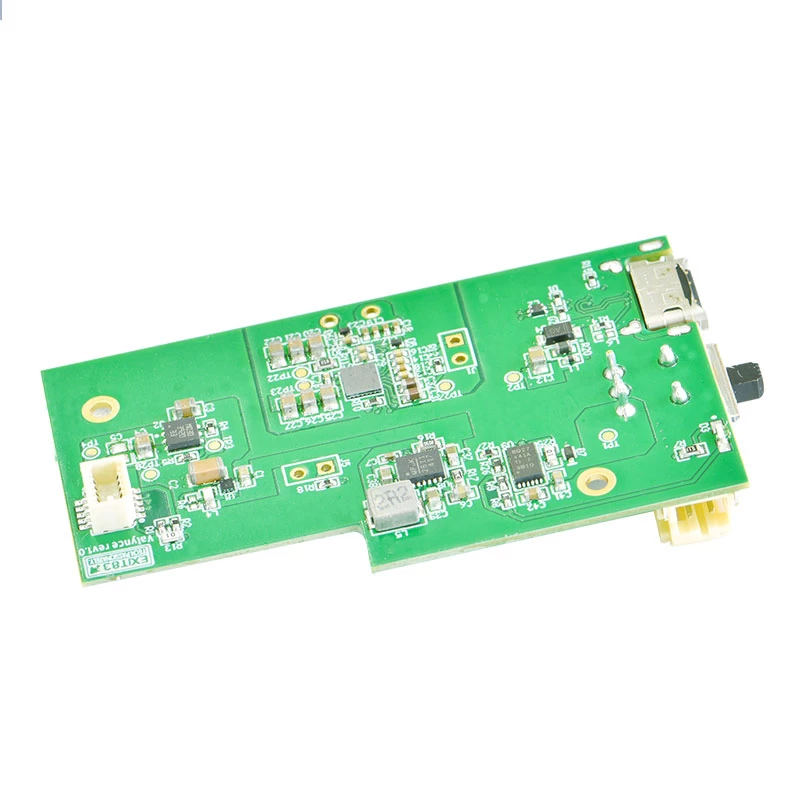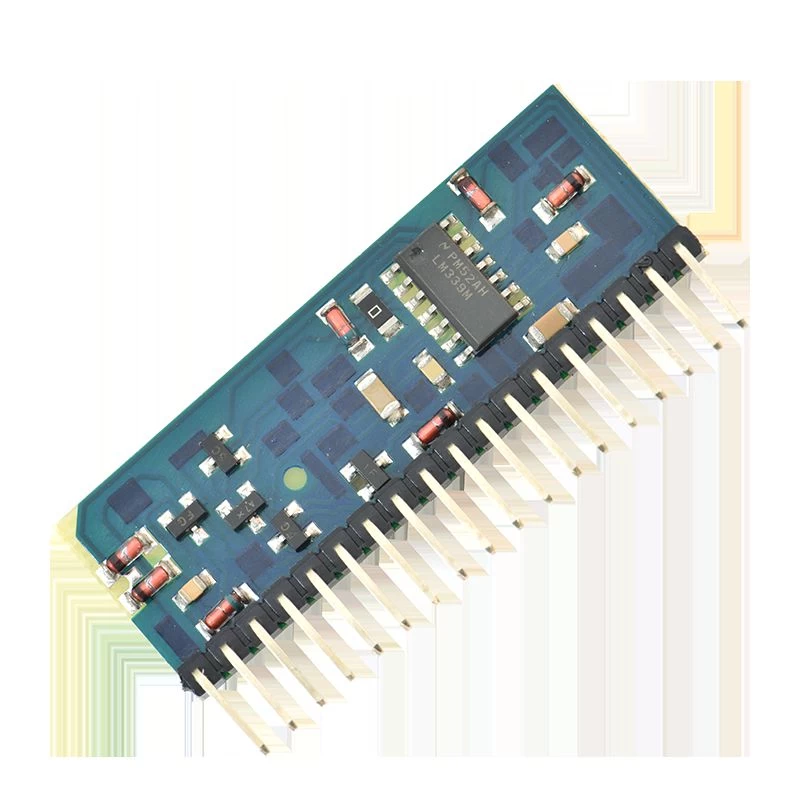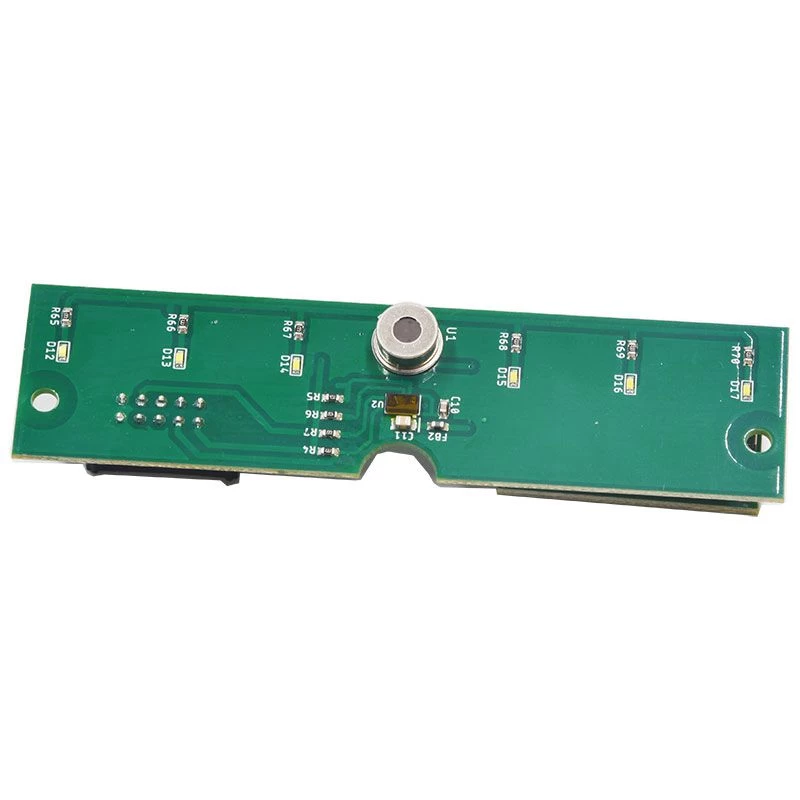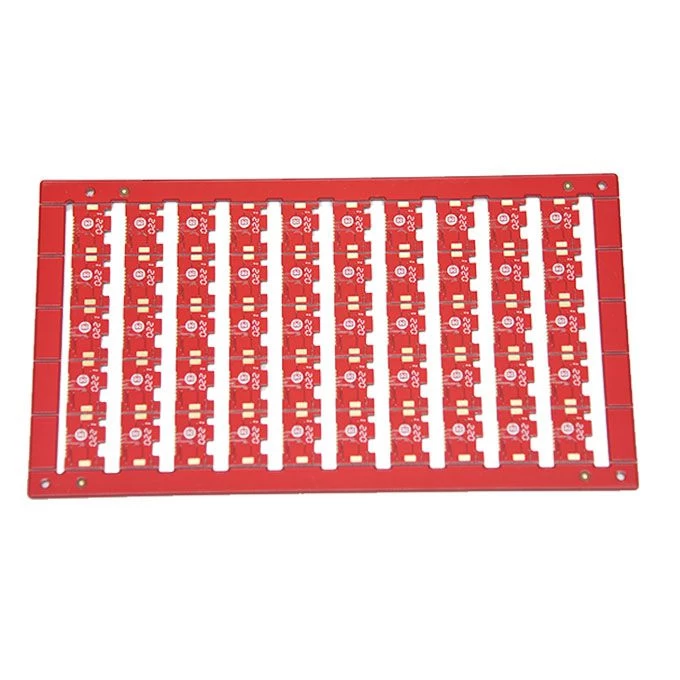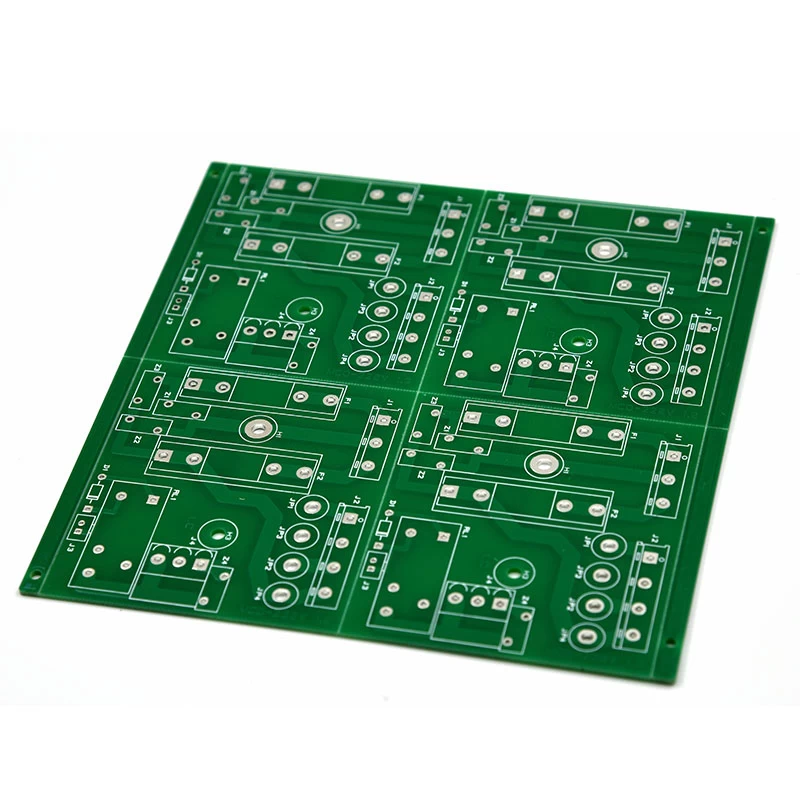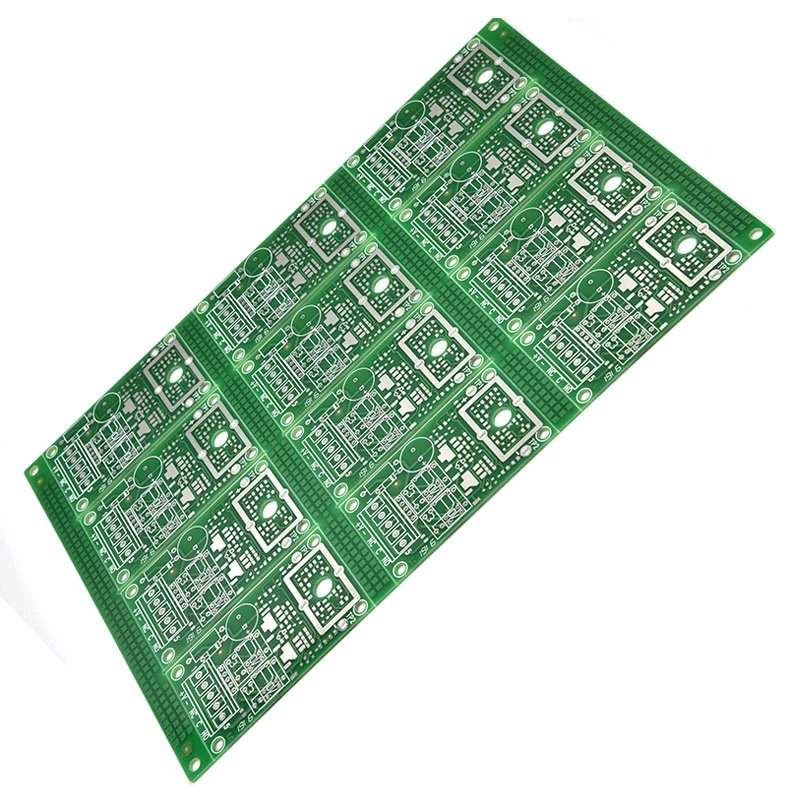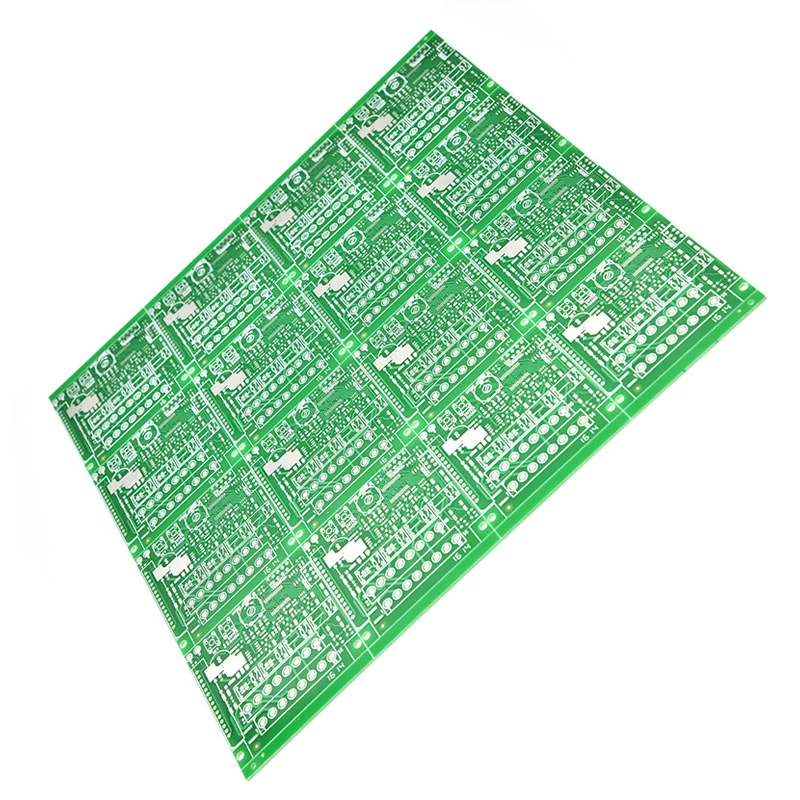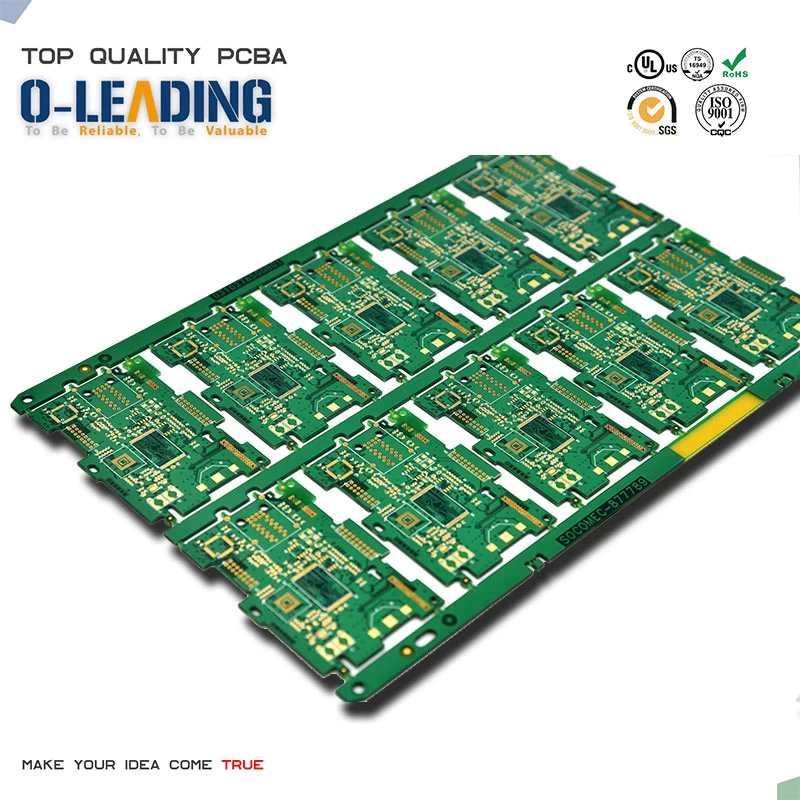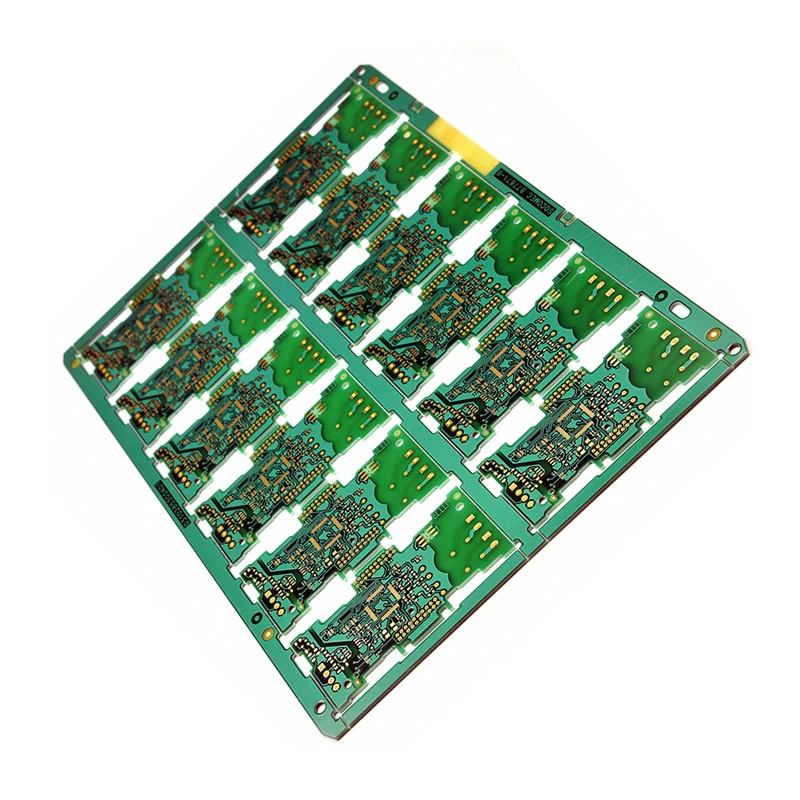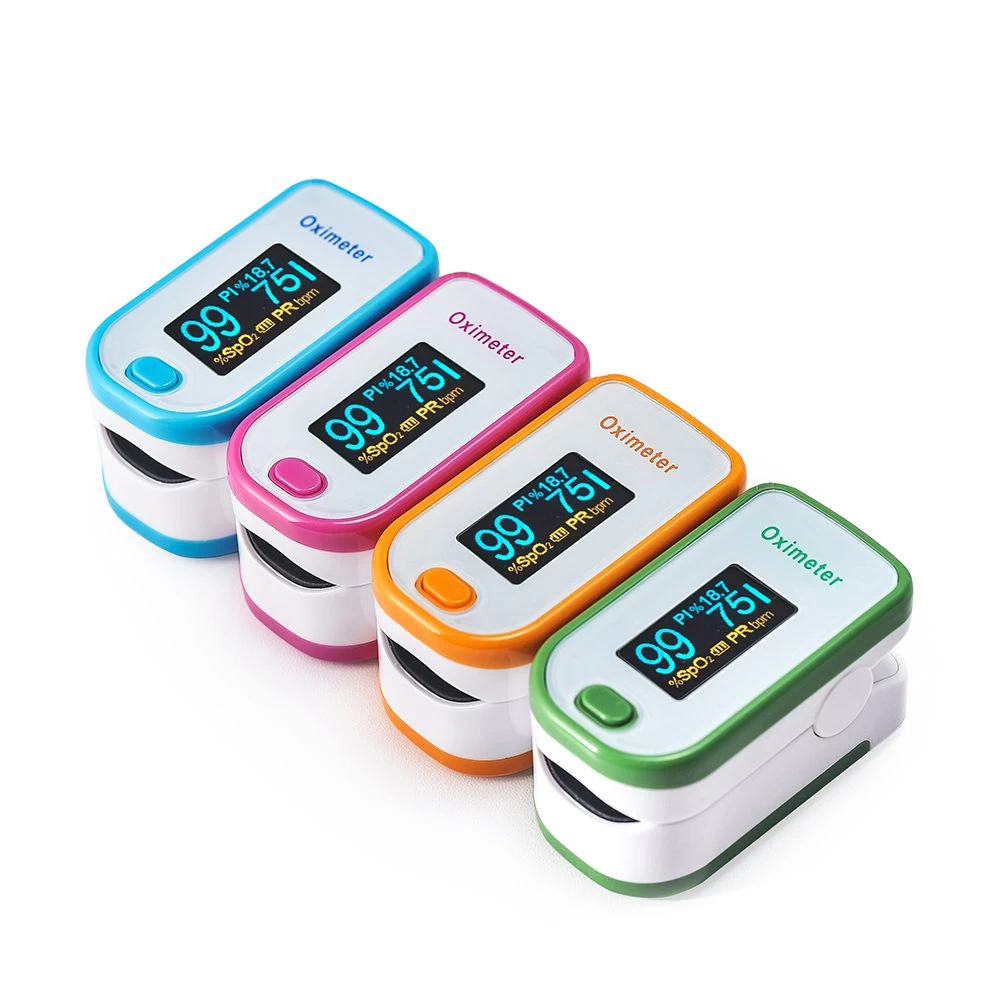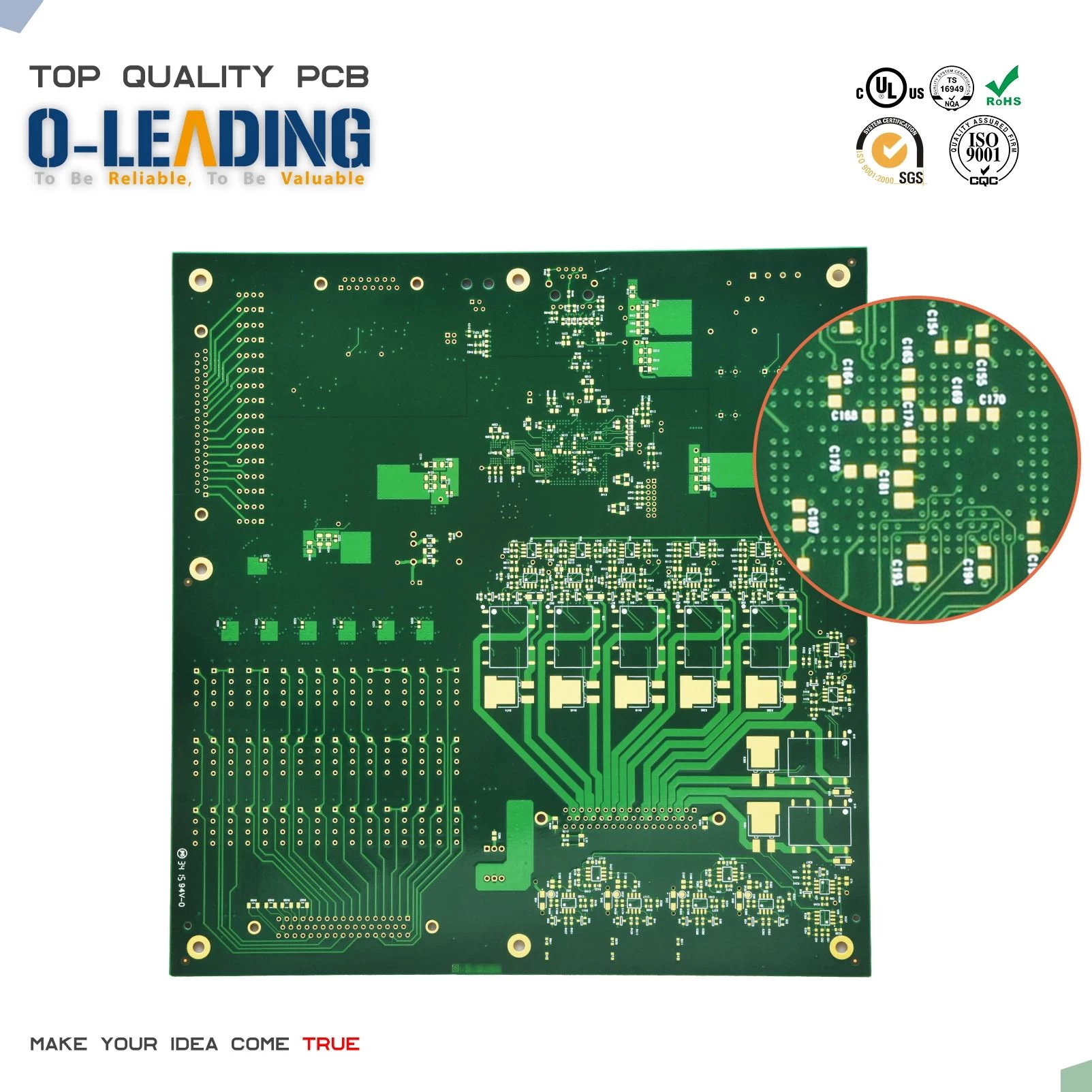The Importance of having 100% tested PCBs
o-leading.com
o-leading.com
2017-06-27 15:52:40

If you’re looking for china pcb manufacture and want to buy PCBs, it will always be worthwhile ensuring your boards have been 100% tested. If you search online for reasons that a PCB doesn’t work, you will find that there are several reasons; any of which may be challenging to troubleshoot. It is a far more worthwhile option to have your boards tested 100% before problems arise.
Think of it this way – a board that has been tested 100% will give buyers confidence about the quality, reliability and durability of the product.
Verifying the Prototype
When boards are being designed, prototypes should always be made by Pcb prototype manufacturer china. These prototypes are a trial of the final PCB, manufactured on short runs. The designer will test the prototype on an iterative basis to ensure it meets all the design specifications and intended outcomes before commissioning the printing. Once all the details of the board meet the specifications, the designer will have confidence in manufacturing.
While the process of printing and testing prototypes can be expensive and time consuming, there is significant value in ensuring that the PCBs are error free before full production. There are a range of issues that can be identified through this testing process such as reversing polarity, identifying shorts, and identifying any missing components.
Automated Optical Inspection
Automated optical inspection (AOI) is the automated visual inspection of PCBs. A camera willscans the PCB to identify issues such as missing components and quality defects. The digital image recorded by the camera is compared to the original design of the PCB. If there are any differences, they can be corrected before printing.
As AOI is a non-contact test method, it can be used at various stages of PCB manufacture. The same board can undergo AOI as a bare board, when the solder paste is in place, pre- and post-reflow. AOI will make sure that the layers are properly constructed before the board is laminated.

Automated X-ray inspection (AXI) uses X-rays to automatically inspect features that may be hidden from view.As with AOI, the goals of AXI are to optimize processes and to detect anomalies. X-ray inspection can reveal the smallest defects in a PCB. This is especially true of defects that may be covered by other components. Faults that can be identified include components not properly fitting, internal cracks, problems in lamination, and porosity issues. Using X-rays is invaluable, as the testing can easily identify defects, allowing the designer to fix them before production.
Functionality Testing
The functionality test is usually the final test before production. Trained quality control engineers test the circuit board to identify if the components are functioning correctly; and if the PCB is producing the expected outcome.
Summary
Quality Control is an essential part of any commercial process. A single PCB that is released to the market without having been thoroughly checked may impact on the reputation of an organization that historically has had an impeccable name in the industry. Even if the board is only one out of thousands (or millions) of PCBs made by the organization, the risk of a poorly performing board going to market is one that is not worth taking.

